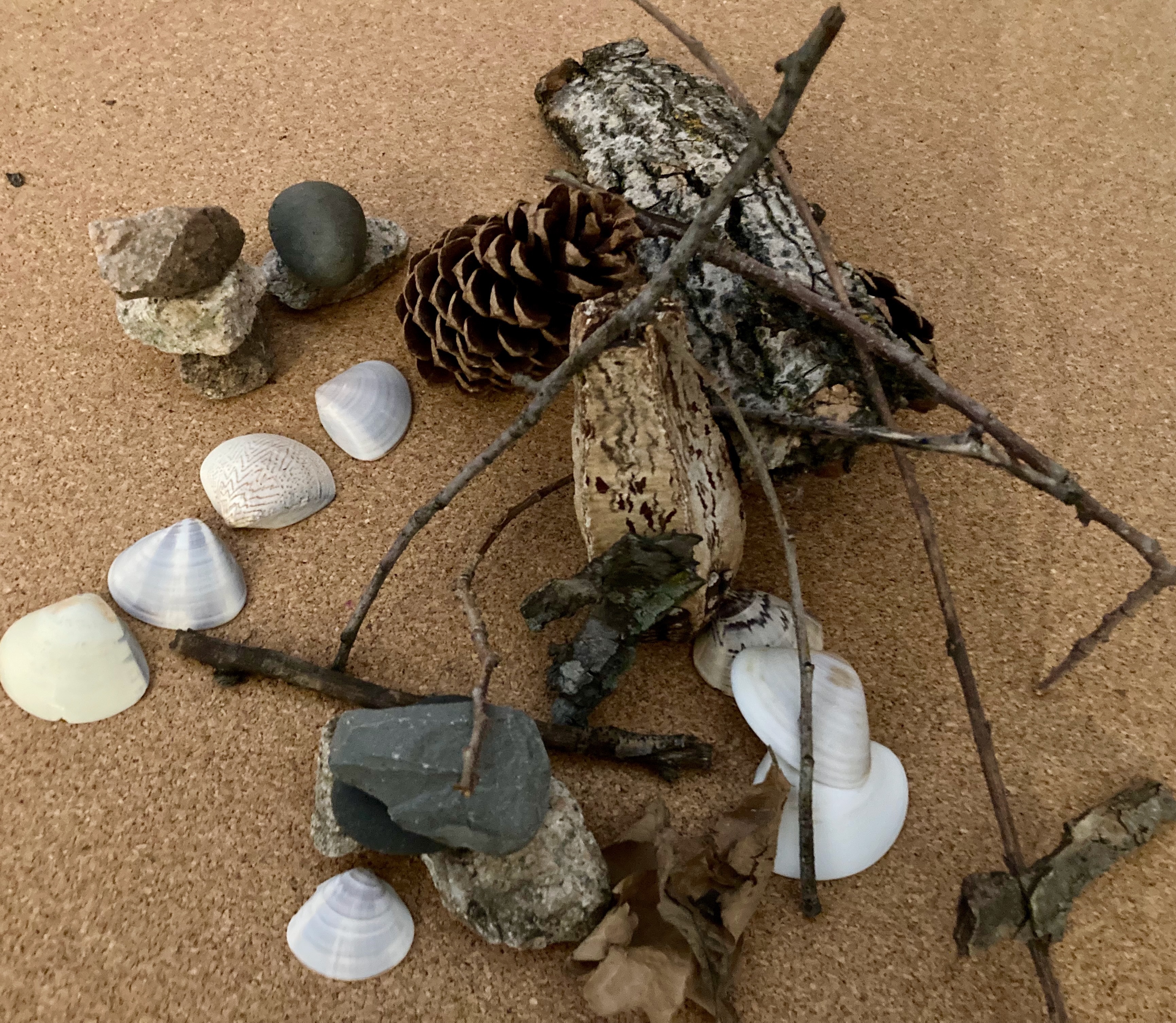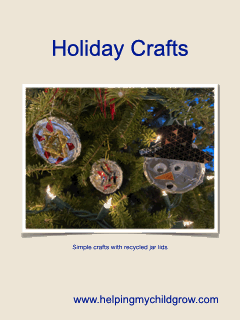The idea for Loose Parts Play originated from Simon Nicholson's (1971) Theory of Loose Parts.

Why use Loose Parts?
Using Loose Parts in play encourages
- creativity and imagination
- exploration ...
The idea for Loose Parts Play originated from Simon Nicholson's (1971) Theory of Loose Parts.

Why use Loose Parts?
Using Loose Parts in play encourages
This invitation to play was set up to encourage children to explore the world outside their window and how it changed over time.
"What can you see?"
"I wonder what might change?"
"Why do you think...?
"I wonder what I would see if I went outside and looked in through the window?
Include ...
This weekend, my brother sent me a video of his kids playing on the beach in Tasmania, it's summer there right now. Ok, I have to admit I was a little envious...I live in Canada and it's winter here, cold and snowy! But the video got me thinking and inspired a sensory play activity outside that encouraged exploration of the natural environment and ...
Freeze small toys in water and challenge your kids to rescue their toys from the ice.
This is a great sensory play activity that provides opportunities for developing language skills, scientific understanding and problem solving.
What you need:
Clean, recycled plastic food containers, or jelly/ice moulds ...
Grab a bowl of water, a few empty washed out plastic food containers and some spoons and get playing.
Water play is a fun, sensory activity that encourages exploration, investigation and creativity. Water play activities can be set up indoors, or outdoors, and help your child to develop language, motor, cognitive and social skills.
What ...

Looking for an easy craft that will keep your kids busy?
Let them get creative with just a bit of glue, a recycled jar lid, aluminium foil and some scraps of recycled paper, ribbon, buttons etc.
A backofhousemedia.com site

Made in RapidWeaver